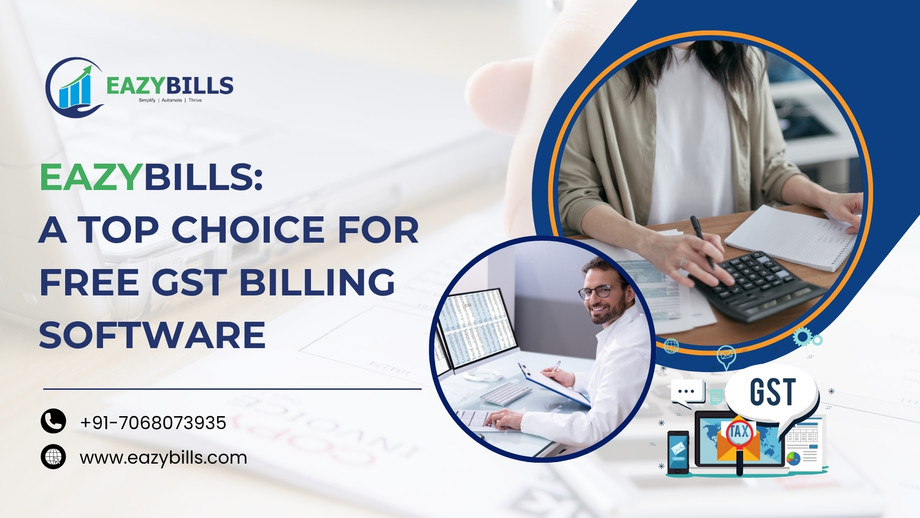Many countries across the world have implemented GST to facilitate smoother operations. Understanding GST and its benefits helps both businesses and consumers. This blog examines GST, its types, GST registration, and its importance.
GST – Full Form and Meaning
Goods and Services Tax is the full form of GST. It is a single indirect tax on the supply of all goods and services in a country. It has replaced many earlier central and state government taxes, including central excise duty, customs duty, VAT, central sales tax, and luxury taxes.
GST has a double effect at the central and state levels as it operates on a joint tax base. There are four types of GST:
Central Goods and Services Tax
State Goods and Services Tax
Integrated Goods and Services Tax
Tax and Union Territory Goods and Services Tax.
Benefits of GST
GST Tax benefits stakeholders, including state and central governments, businesses, and citizens. Benefits of GST are:
It combines multiple indirect taxes of the central and state governments into one tax code.
It reduces cascading and makes Indian industry and products competitive.
It allows cross-utilization of tax credits.
IGST, CGST, and SGST bring some uniformity in taxation for imports and local products.
It allows exporters a provisional refund of 90%. This will enable them to streamline their business.
It is likely to increase the taxpayer base.
Uniform GST rates reduce the scope of fraud.
It creates uniform laws, procedures, and tax rates.
It is a technology-driven platform, and its interface allows automated procedures for registration, filing, and payment of returns and claims.
It improves transparency.
Documents Required for GST Registration
GST Registration is an important process that involves submitting many business details and scanned documents. The GST portal will help you in your registration process and GST Return Filling. The necessary documents for registration are:
PAN of the Applicant
Aadhaar card
Proof of business registration or Incorporation certificate
Identity and Address proof of Promoters
Director with Photographs
Address proof of the place of business
Bank Account statement
Digital Signature
Letter of Authorization
GST Slabs
GST Slabs in India
The GST council recommends GST slab rates for different categories of items. They periodically review the slabs, considering the market's demands and industries. They fix a slab to ensure essential commodities have lower tax rates, while luxury goods and services fall under higher GST slabs. The GST slab rates are under 5%, 12%, 18% and 28%. Some essential food and other necessary items have exemptions from GST.
Conclusion
There are various GST applications available, of which Eazybills is the best billing software in India; we aim to help taxpayers transition smoothly to the new taxation system.
You can save time and money by purchasing the GST registration plan with Eazybills. You can opt for Eazybills services, where a GST Expert will assist you in GST online payment.
.png)



No comments:
Post a Comment